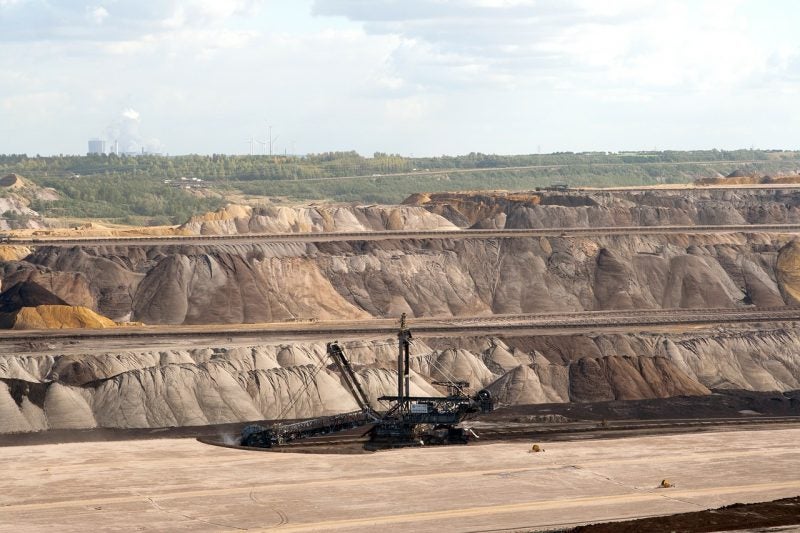
Mining Technology spoke with Darren Raymond, environment health and safety manager at Compass Minerals, to discuss mine safety and how the latest developments can help combat risks.
What is your approach to operational safety?
My approach is based on risk management; understanding what the hazards are and what the controls are to manage them and prevent an incident or unwanted event from occurring.
Then it’s a matter of ensuring that you’re checking those controls are in place, that they’re effective and that you’re continually updating and improving them to make sure you prevent incidents.
What is your greatest concern when it comes to safety?
One of our largest risks is people versus equipment. I see that technology has greatly improved over the last few years around proximity detection and there are many companies now that are taking this on fully and are starting to implement it within their operation and are having great success.
Mines are arguably safer now than they have ever been but there is always room for improvement. What are the new threats?
With mining, diesel particulate is one of the biggest new threats that many operations are struggling with and trying to manage to ensure we’re protecting workers underground and not being exposing, or a least limiting exposure, as much as possible.
But some workers on surface applications still have the same threat so we need to make sure we don’t take our eye off that as well and that we are managing diesel particulate as a whole and not just worrying about it underground.
There have been huge advances in underground communications, air monitoring, proximity devices and self-rescuers in recent years. To what extent have you adopted them?
At previous operations, I have helped to design and implement proximity and collision avoidance programmes, and at the mine I’m working at currently it’s one of the items that we’re revealing.
One of the advantages we have is that we are able to provide a very large buffer between equipment and people. With smaller underground mines, where you have only a 4mx4m heading and you’re driving trucks and scoops that are taking three-quarters of that space, it requires more diligence and more technology to try and manage that than when you have headings that are 12mx15m wide and you are only taking up a quarter of the space with your equipment.
But that doesn’t mean you don’t explore and look at possibilities of using technology; we are already looking at RFIDs and blending that in with some of the proximity detection as well.
As safety equipment becomes more expensive, how easy do you find it to access on-site repair and service support?
That’s always a big challenge. Technology, especially if it’s safety-related, seems to have a higher price tag. But I’ve noticed now with proximity detection that the price has come down considerably, so there’s a better working relationship between the industry and the vendors. But that’s based on availability; there’s more technology out there and more options.
What are your most important areas for investment?
The most important areas for investment would be in advancement in technology and also in training.


